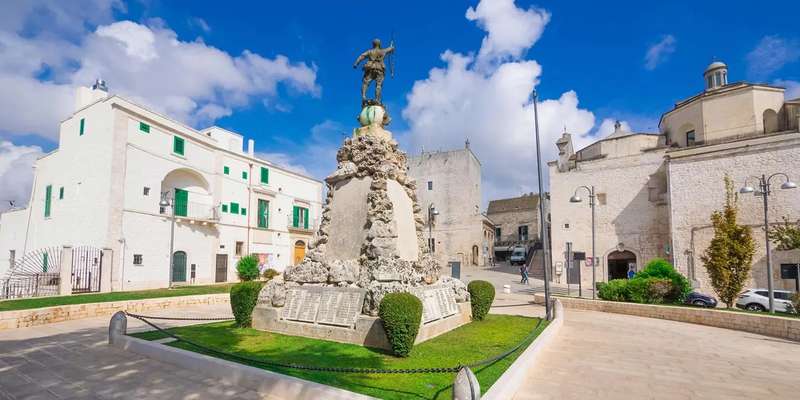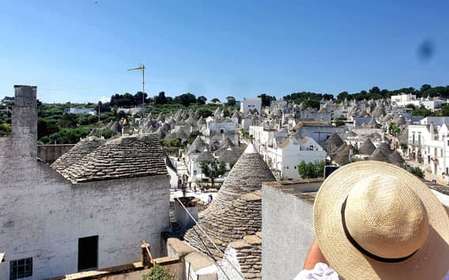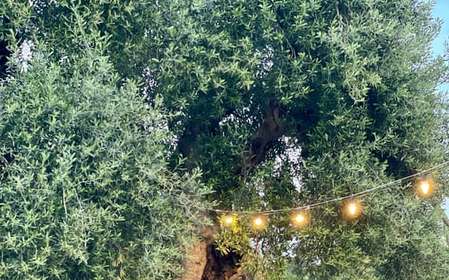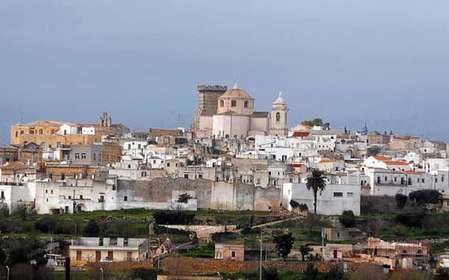- Home
- Useful Tips
- What are Brindisi...
Exploring Brindisi with mobility challenges presents unique difficulties many travelers underestimate. Over 30% of wheelchair users report abandoning travel plans due to inaccessible destinations, while 68% experience significant stress researching suitable activities. The historic center's cobblestones, uneven Roman roads, and lack of clear accessibility information create barriers to enjoying this Adriatic gem. Many visitors waste precious vacation time arriving at attractions only to discover insurmountable steps or narrow passages. The emotional toll of exclusion from cultural experiences compounds the physical challenges, particularly when traveling companions must split up to accommodate accessibility needs. Local knowledge becomes crucial in a city where modern accessibility features blend subtly with ancient architecture.


Navigating Brindisi's Historic Center Without the Stress
The Cathedral Quarter's charm comes at a cost for wheelchair users - its weathered limestone streets and medieval architecture weren't designed with accessibility in mind. However, strategic route planning unlocks the area's wonders. Start at Piazza Duomo, where recent renovations provide smooth access to the 12th-century cathedral's main entrance (a portable ramp is available upon request). Via Colonne's western sidewalk offers the most level approach to the Roman columns, bypassing the uneven flagstones near the harbor. Early mornings bring dual benefits - cooler temperatures and fewer crowds that might obstruct the 1.5-meter-wide accessible pathway along Via Carmine. Local shopkeepers often assist with temporary ramps over single-step thresholds, a cultural quirk that transforms browsing antique stores into a welcoming experience rather than a series of obstacles.
Seaside Enjoyment Without Compromise
Brindisi's coastline offers more wheelchair-accessible options than most visitors realize. Lido Azzurro beach features a reserved parking area just 30 meters from the stabilizzato (compacted sand) shore access route, with amphibious wheelchairs available from June through September. The Punta Penne waterfront promenade stretches 1.2 completely flat kilometers along the harbor, with tactile guidance paths for visually impaired companions. For a truly local experience, the Marina di Brindisi yacht club welcomes visitors with mobility challenges - their elevated deck provides panoramic views without steps, and staff can arrange accessible fishing excursions. Don't miss the sunset from Seno di Levante's concrete piers, where the smooth surfaces and safety railings create a worry-free environment to watch fishing boats return with their catch.
Cultural Treasures With Thoughtful Access
Brindisi's museums have made significant strides in accessibility, though some require advance notice. The Archaeological Museum 'F. Ribezzo' offers elevator access to all floors and tactile reproductions of key artifacts - call ahead to arrange a guided touch tour. The WWII Memorial at Monumento al Marinaio provides a wheelchair lift to its observation platform, revealing breathtaking harbor vistas. Teatro Verdi surprises many with its retrofitted orchestra-level seating and accessible restrooms. For an offbeat experience, the Diocesan Museum's new wing features universally designed displays of religious art, including adjustable-height viewing stations. These venues share a common Italian approach to accessibility - solutions exist, but they're often activated by simply asking staff for assistance.
Beyond the City: Accessible Puglia Day Trips
Venturing outside Brindisi reveals Puglia's commitment to inclusive tourism. The Ostuni 'White City' may appear daunting, but the lower town's accessible route winds past artisan workshops to a panoramic elevator reaching the historic center. Lecce's Baroque wonders shine with seven wheelchair-friendly churches, including Basilica di Santa Croce's ramp-equipped side entrance. Nature lovers will appreciate Torre Guaceto Nature Reserve's wooden boardwalks stretching over dunes to accessible observation decks. For wine enthusiasts, the Leone de Castris winery in Salice Salentino offers fully adapted tasting rooms and vineyard tours via golf cart. These destinations all lie within 40 minutes' drive and demonstrate how regional tourism providers are rethinking accessibility without sacrificing authentic experiences.



